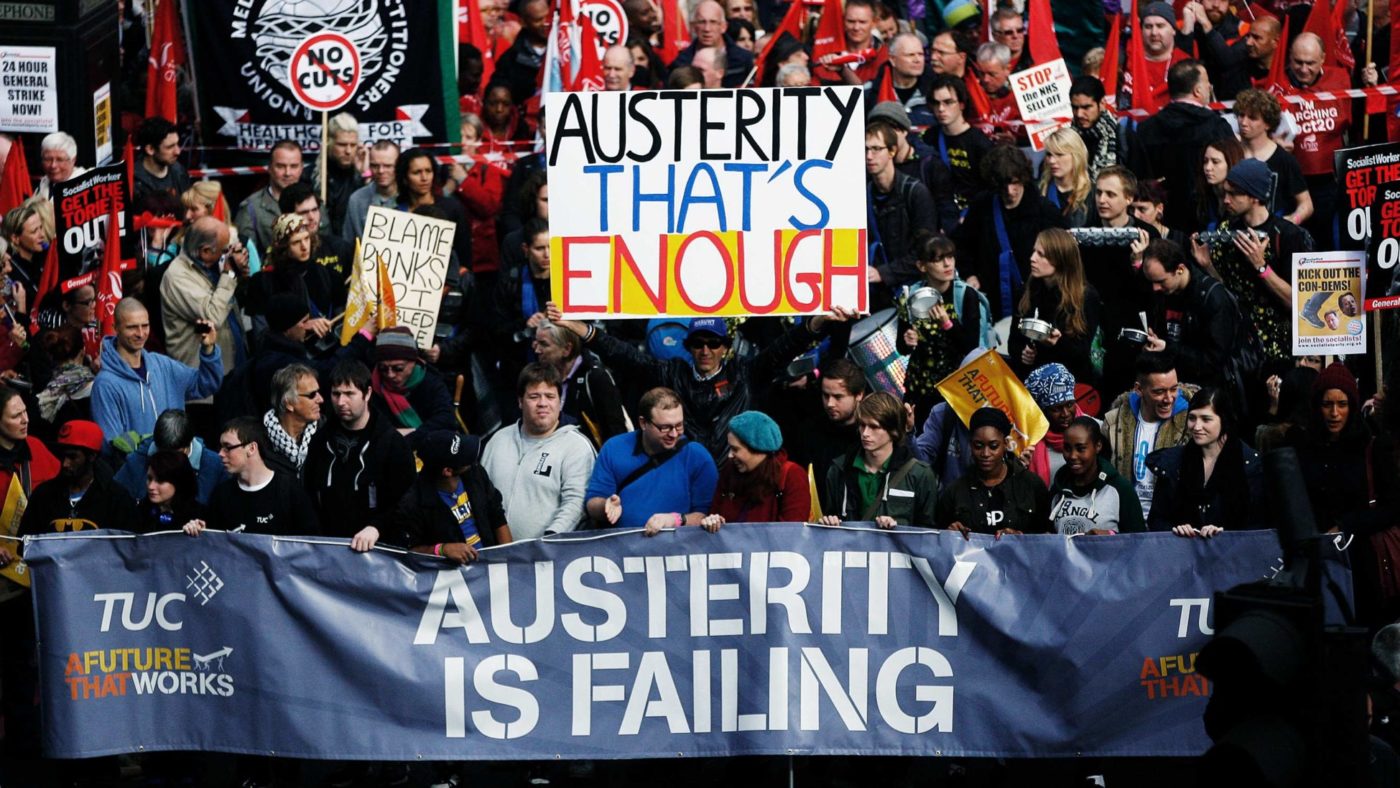New figures show just how many trade union “Pilgrims” are being paid for out of the public purse. If you’re unfamiliar with this sub-section of taxpayer-funded employees, they are people paid out of public money to work not for the public, but for their union.
Naturally, the Trade Union Congress insists the Pilgrims are worth it — which they would, given that we taxpayers are subsidising their people. According to the TUC, Pilgrims contribute to more harmonious public sector workplaces, which means higher productivity, fewer strikes and all that sort of good stuff.
The real question is whether we think that it’s worth spending our money this way. The answer to that is quite possibly not, but we’d like to see some of the details. Thankfully we have a little law that helps us out. The Trade Union (Facility Time Publication Requirements) Regulations 2017 stipulate that government departments, the civil service and local government all have to publish how many Pilgrims are on their books.
The latest figures do not make pretty reading. By one count there are some 16,000 of these taxpayer-funded union bods — that’s about 14,215 more than we thought there were when the law was first mooted. Note too that this is before all reports are in.
Now, it is possible to build an argument in favour of such arrangements. Karl Marx warned us of monopoly capitalism – when there’s only one buyer of the workers’ labour then the workers’ wages can indeed be screwed down by that single buyer. Given that there’s no private market for what much of government does, there’s no market for public sector workers’ labour either.
So we could say that trade unions are the necessary countervailing power to the government determining wages. If that is the case, then we should take Marx’s own indication as our solution.
What we need are competing buyers of labour, so we should break up government into competing firms to create a true public sector labour market. Privatise the lot and we wouldn’t need any of these Pilgrims.
We could also say that unions have been effective at gaining those workers their wages. Pay, once we include pensions and the intense difficulty in getting fired, is higher in the public sector if we account for age, experience, education and so on. All told, fewer Pilgrims would bring wages back down to market levels, which taxpayers ought to prefer. After all, taxing the generally worse-off private sector worker to featherbed the public sector doesn’t sound very fair.
But maybe the TUC’s argument really is true? Perhaps us coughing up for union officials really does improve productivity, cut strike time, reduce labour turnover and so on. The TUC certainly has a series of reports saying so. If that is so then we’d expect this idea to have arisen, organically, in the private sector, wouldn’t we?
After all, the private sector is greedy and driven by profit, as we’re so often told. If a company can raise productivity, lower the costs of training and recruitment, it will do so if that means higher profits. That’s exactly what Henry Ford did with his $5 a day move in 1913. He saved more on lower recruitment and training costs and raised productivity than he lost on the higher wages. Precisely because the private sector is greedy for profit it’ll chuck some money at union officials if it does work.
Well, does it? The Telegraph reports that “the proportion of the Civil Service pay bill spent on facility time has fallen from 0.26 per cent in 2012 to 0.05 per cent this year. The private sector average is 0.04 per cent”. So it seems that, to some degree, employing Pilgrims is cost-effective. It’s just that the amount the taxpayer is shelling out is higher than the proper market level.
The lesson from this is that we gain a great deal of insight simply from being offered the detailed information of what is truly going on in government. That ought to pique our interest. What other parts of government could we take an axe to once we find out how they’re really spending our money?


